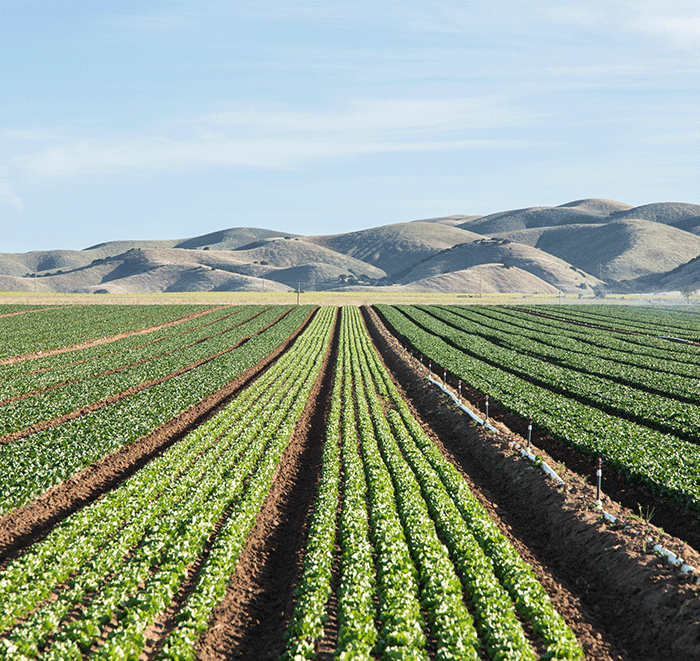When a field is significantly better or worse than your farm average, it is hard to know for sure why. The differences may be large within only a mile or two between locations. As an example, consider some of these factors as you analyze crop yields this fall:
- Yield history – Has this field tended to be different than your average in the past?
- Planting date – How did it compare to similar fields planted at the same time?
- Maturity – How did the hybrid/variety compare to others of similar maturity?
- Rainfall – Could this field have received significantly more or less rainfall?
- Cropping practices – Are there tillage, fertility, herbicide or other differences?
- Hybrid/variety selection – How did that hybrid or variety perform in other fields?
Often the answer is not just one thing, but a very complex set of issues and conditions. In research, we refer to this variability as G ´ E or Genotype by Environment interaction. Put simply, G ´ E is the way a hybrid or variety responds to its environment. We try to manage G ´ E by researching performance in as many environments as possible in an attempt to know where hybrids perform the best. Unfortunately, even if we know what hybrids will excel in a certain environment – the environment always changes from one year to the next. Hence, we have developed a “Yield Grid” in which we test both corn and soybean genetics that we sell and support in as many different management styles. This includes fertility, seeding rate, planting date, seeding depth, etc. If a specific hybrid or variety performs well in all of those situations, what does that say about that genetic package? We use the best information available and then recommend a package of several diverse hybrids to put you in the best position to take advantage of favorable environments and protect you from less favorable ones.
Dr. John McNamara // Wilbur-Ellis Agronomist

